Reinstating Glass-Steagall, the 1930s era signature financial regulation act, has achieved a rare feat, now included in both party’s platforms. How did this arcane, 80-year old law, suddenly become the trendy cure-all for our nation’s financial regulatory system?
Glass-Steagall separated the commercial and investment banking and the business of insurance from each other. Firms had to specialize in one of those areas and could not cross business lines. Separating business lines was a response to the factors that caused the Great Depression.
The surprise last-minute addition of a plank in the Republican platform embracing Glass-Steagall Act mirrors a call in the Democratic platform inserted by Bernie Sanders’ supporters to do the same, in spite of the fact that Hillary Clinton has explicitly rejected it.
Including it in the GOP platform is surprising and is a major about-face for Republicans. It contradicts House Financial Services Chairman Jeb Hensarling (R-TX), who just weeks ago proposed an alternative financial regulatory system of increasing minimum bank capital in return for less regulation. Repealing Glass-Steagall in the Gramm-Leach-Bliley Act of 1999 was a signature victory of the conservative movement’s deregulatory agenda, which was also supported by President Bill Clinton. Why is Glass-Steagall now so politically popular and what does it really mean?
Bringing back Glass-Steagall is good politics and bad public policy, as is often the case. It is good politics because it taps into the belief by the American public that the Depression Era generation, faced with their financial crisis, made smart reforms that worked. Those changes did work and many of them still do, such as federal deposit insurance, the creation of the Securities and Exchange Commission to police Wall Street, and a series of investment laws designed to protect investors. At some point, the thinking goes, we strayed from the wisdom of our grandparents, and in our zest to harness the powers of markets we made critical mistakes, unleashing a tide of forces that created our own financial crisis. Almost a decade later after the Great Recession, the American public is still extremely angry at Wall Street and wants change.
Thus, when politicians propose bringing back Glass-Steagall, they are framing the debate as whether we should return to the golden era of stability between the Depression and Great Recession, which sounds appealing. But the nuances of what that means are not explained. What reinstating Glass-Steagall would and would not accomplish is not part of the debate. Instead, the topic is simply framed as: do you want the old regulation which worked, or the regulation that got us into the financial crisis? Framed that way, it’s easy to pick the former. But this is the wrong question to be asking.
The right question is far more complicated. The major component of Glass-Steagall is the separation of commercial banking, investment banking, and insurance. Reinstating Glass-Steagall would mean that, for example, USAA could not be both a commercial bank and an insurance company to its millions of customers. Does anyone think that would help prevent another financial crisis? It would not have prevented what Lehman Brothers, Bear Sterns, Washington Mutual, Countrywide, or AIG did up to and during the financial crisis. These firms originated, distributed, securitized and leveraged subprime mortgages, all actions that would have been allowed and worked perfectly well under Glass-Steagall restrictions.
Glass-Steagall reinstatement would force a divorce of the shotgun marriage of Bank of America and Merrill Lynch that was arranged to stabilize the financial system. It would break Citigroup and JPMorgan Chase into smaller pieces. But Glass Steagall would not materially change Goldman Sachs, Morgan Stanley, or the $2.7 trillion hedge fund industry. Reinstating Glass-Steagall is not the right prescription to our problems.
The second mistake is that it ignores recent history. We’ve undertaken the largest rewrite of the nation’s financial regulatory system undertaken since the Great Depression, the Dodd-Frank Wall Street Reform and Consumer Protection Act of 2010. Dodd-Frank fundamentally transformed the regulatory system, providing sweeping new powers and authorities to financial regulators. Dodd-Frank fixed many of the errors in Gramm-Leach-Bliley. It provides the FDIC with the authority to wind-down a failed investment bank or other systemically important financial institutions so that the government has better tools than it did when Lehman and AIG ran into trouble. Importantly, Dodd-Frank created a new Consumer Financial Protection Bureau (CFPB) to look out for the interests of the consumer, an area where financial regulators failed during the decades leading up to the financial crisis.
Public opinion polls offer some guidance here. When asked whether the post-crisis reforms were “enough,” “too much,” or “didn’t go far enough,” respondents’ most favored response is “didn’t go far enough.” That sentiment is in sharp contrast to that of Republican members of Congress who decry Dodd-Frank as part of government overreach. The public wants more – not — less, regulation of Wall Street.
Thus, the call to reinstate Glass-Steagall finds a receptive American public who like the specific steps taken by Dodd-Frank – trying to end bail outs, creating better consumer protections – but still feel that we have not done enough. The public does not share the view of financial firms that, as JPMorgan Chase CEO Jamie Dimon puts it, they are “under assault” by their regulators.
The public should be careful about buying what is sold as a magic elixir. If they look at exactly what reinstating Glass-Steagall would and would not accomplish, they will be disappointed. Just as many of us pine for some of the sensibility and values of our grandparent’s generation, most of us do not want to replicate it.
Editor’s note: Klein has served as an unpaid member of the Clinton campaign’s Infrastructure Finance Working Group; he has not served as an advisor on any banking or finance issues.
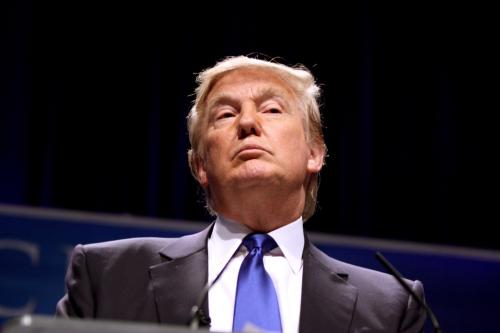
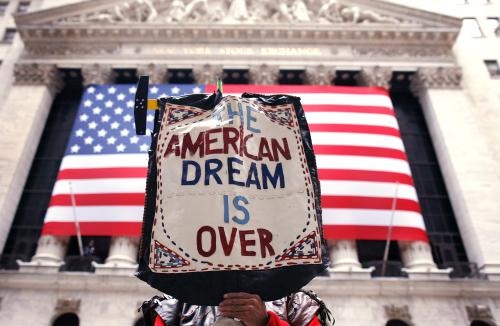
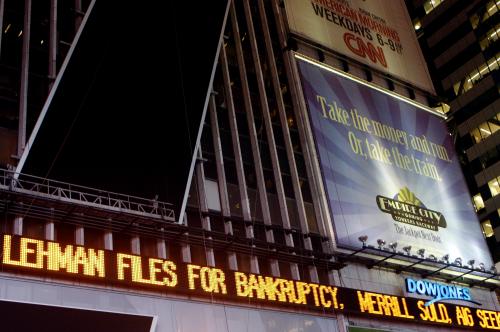

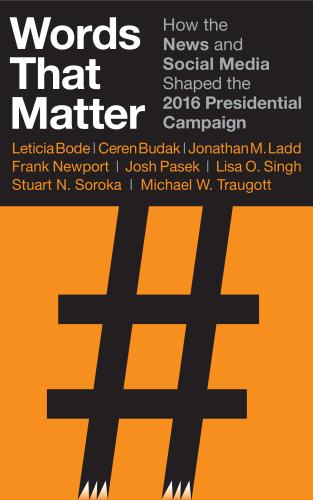
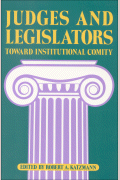


Commentary
Op-edWhy is Glass-Steagall so politically popular and what does it really mean?
July 19, 2016